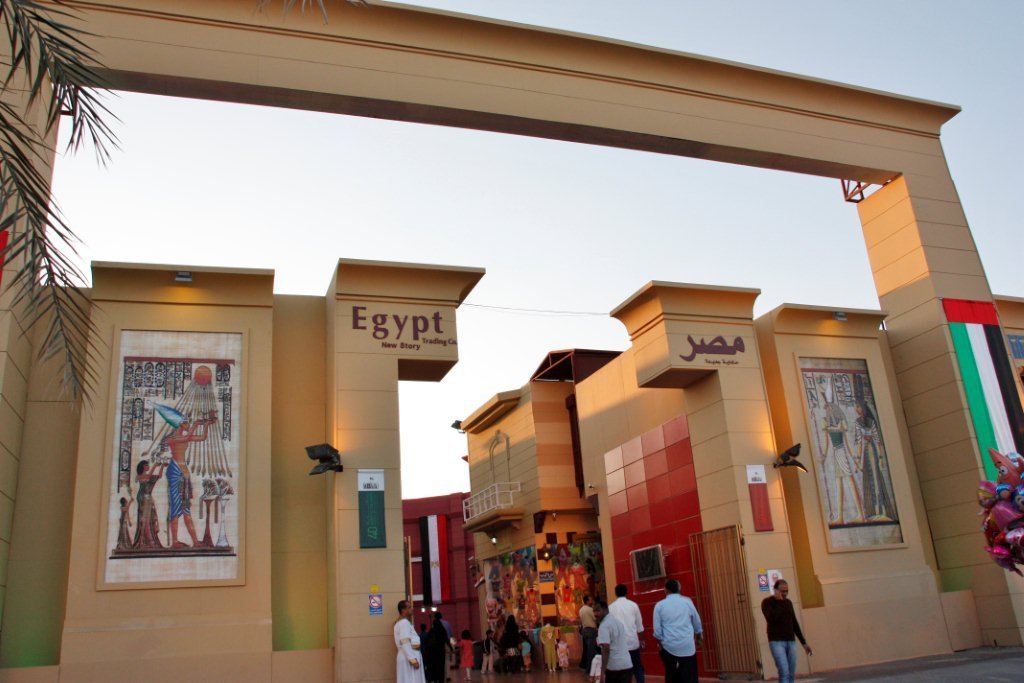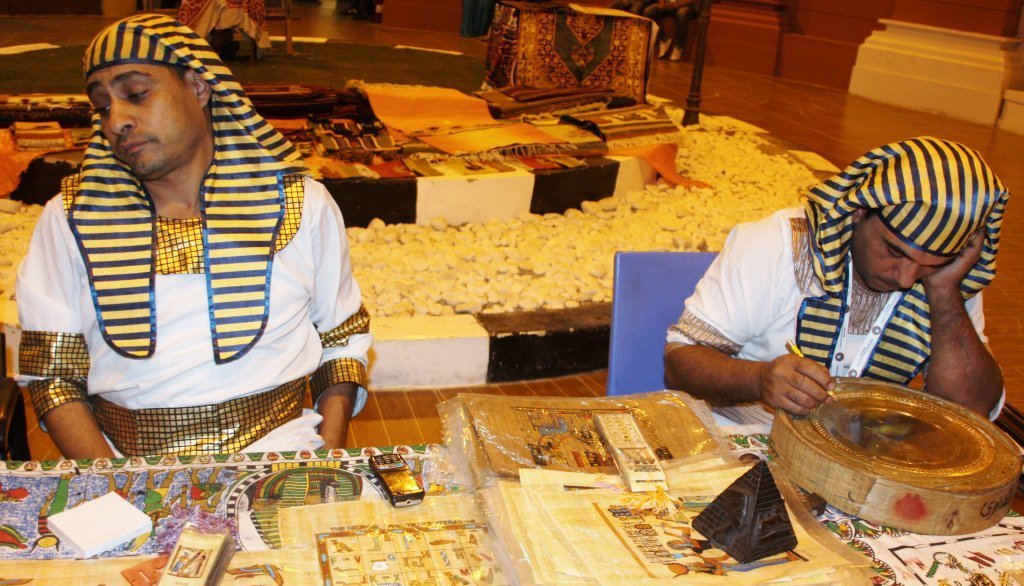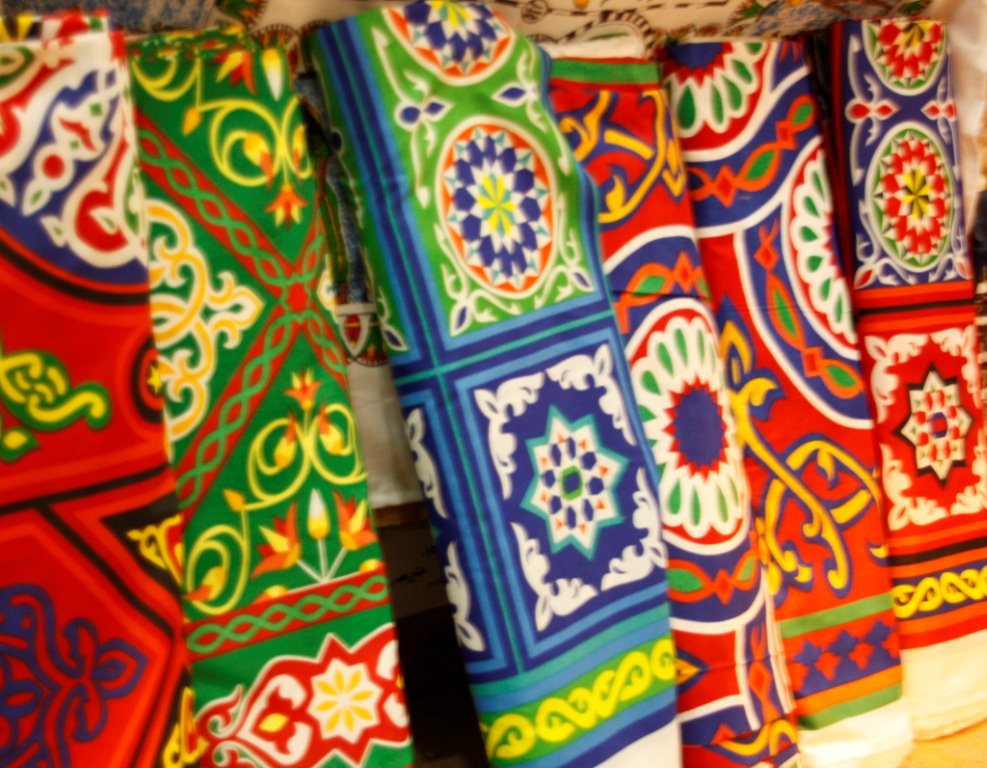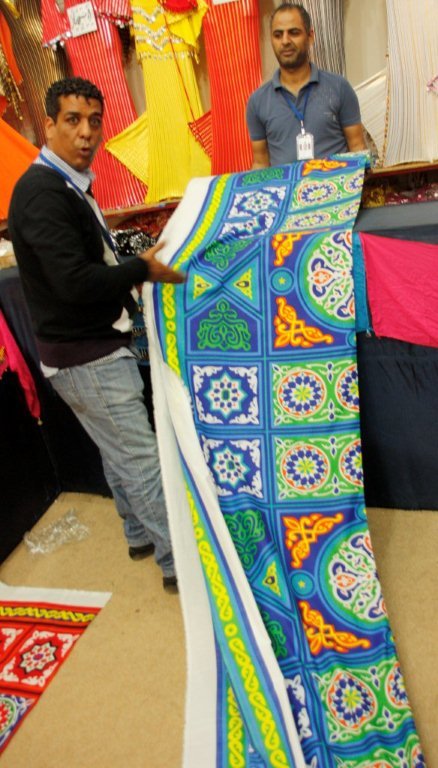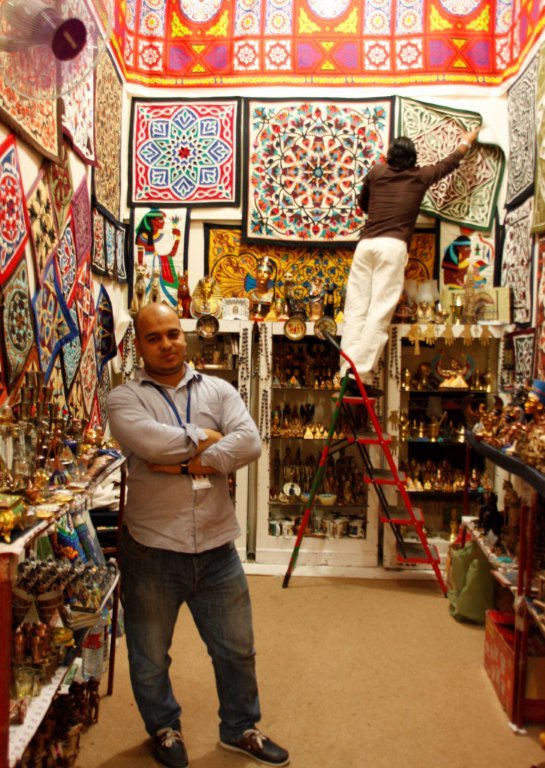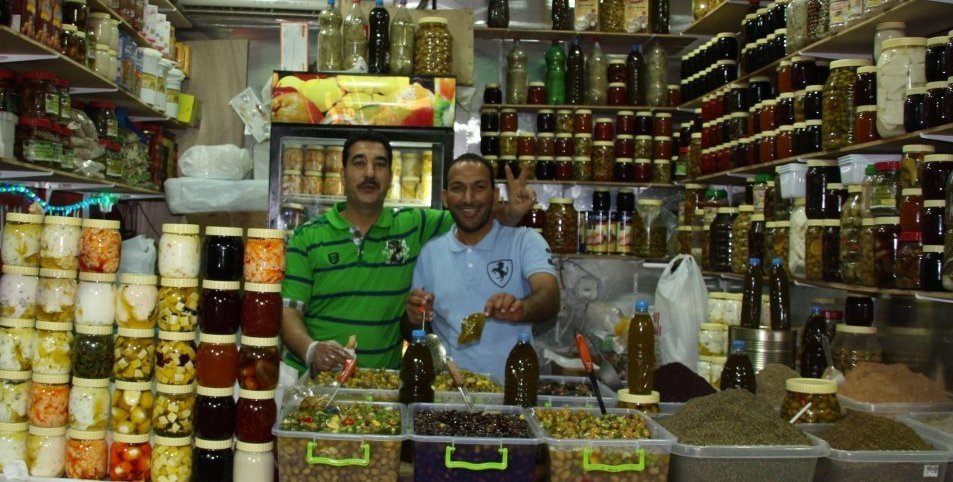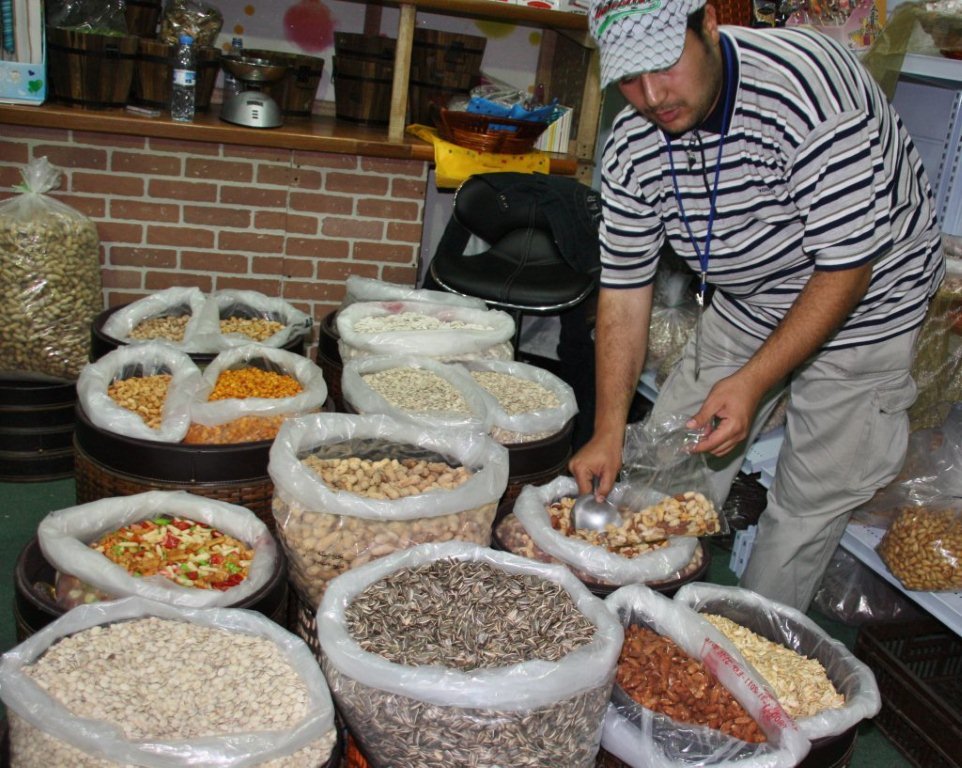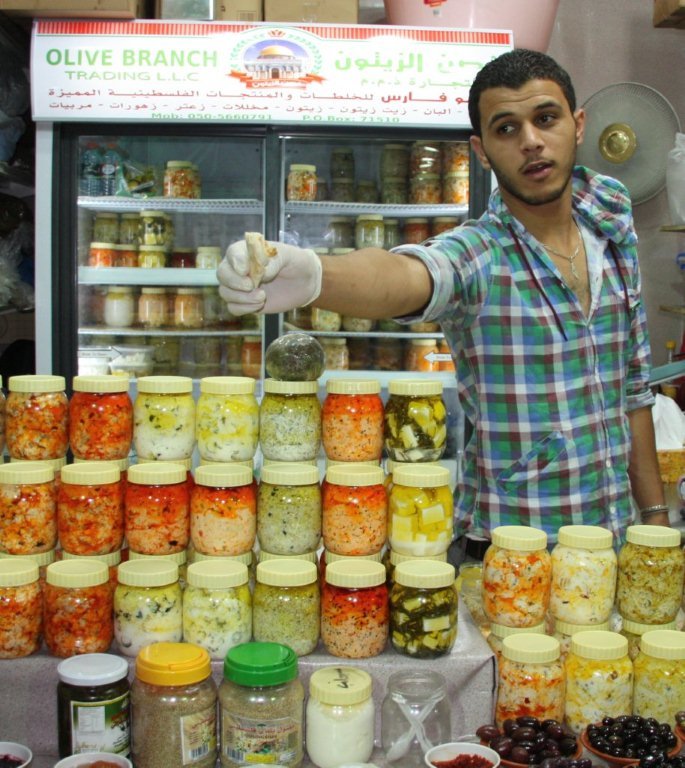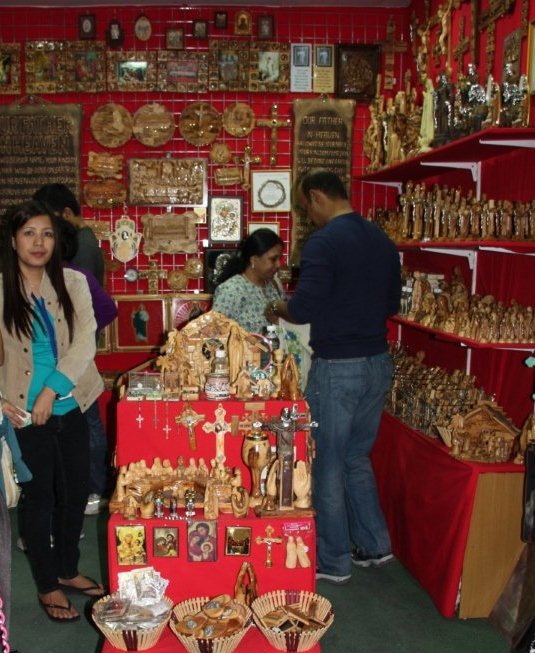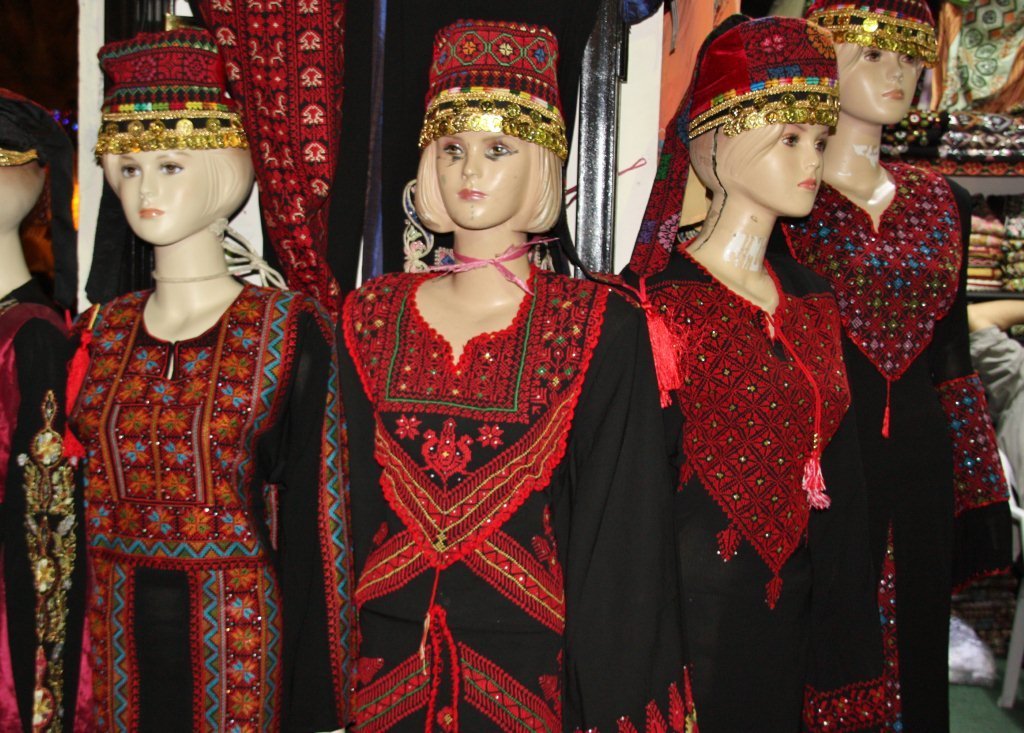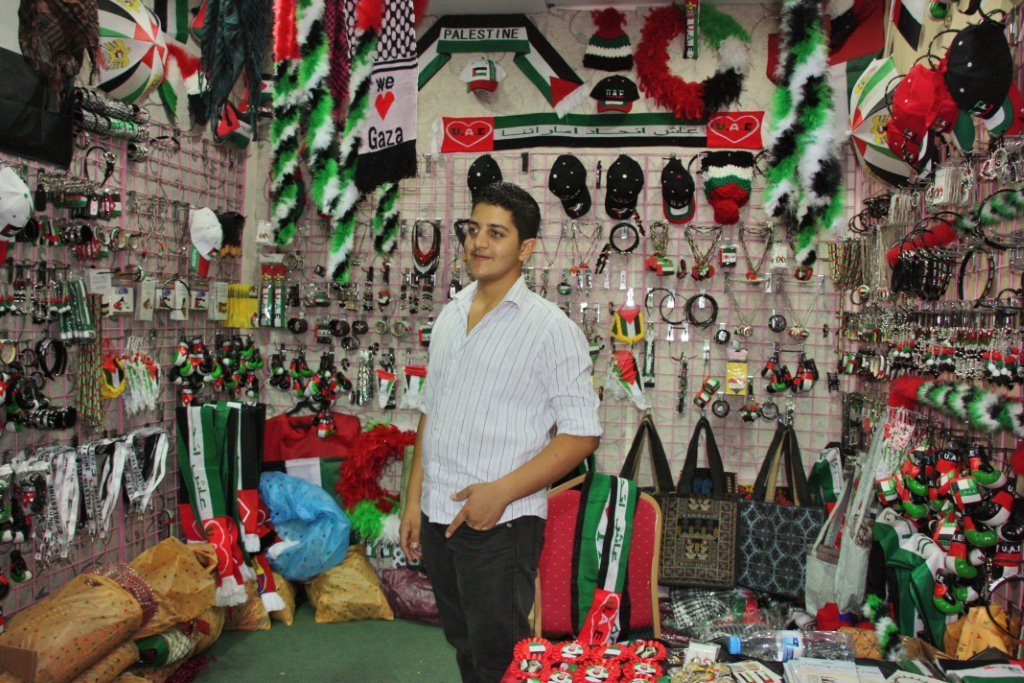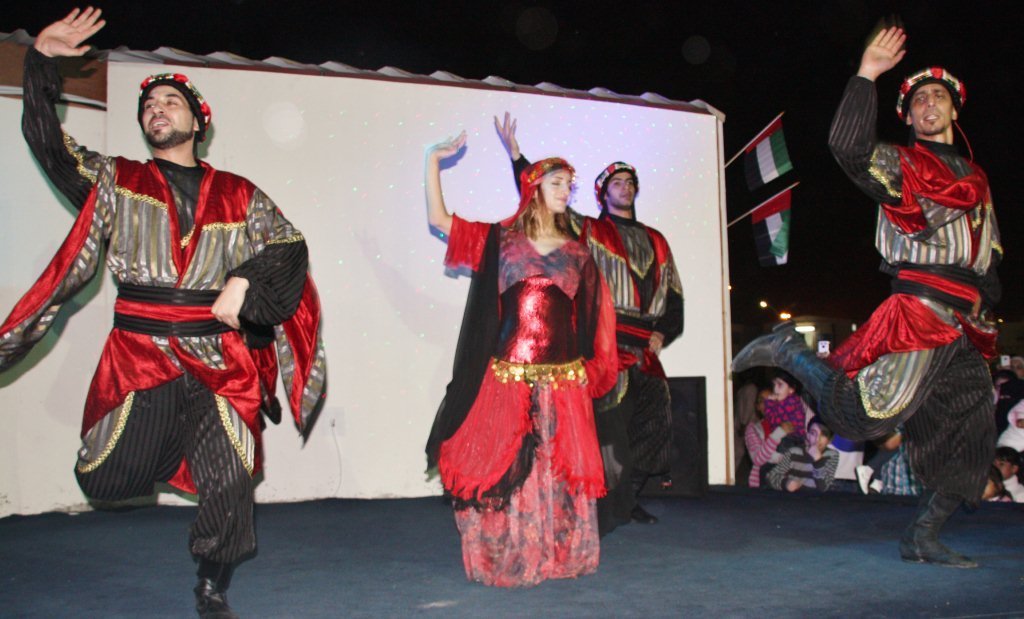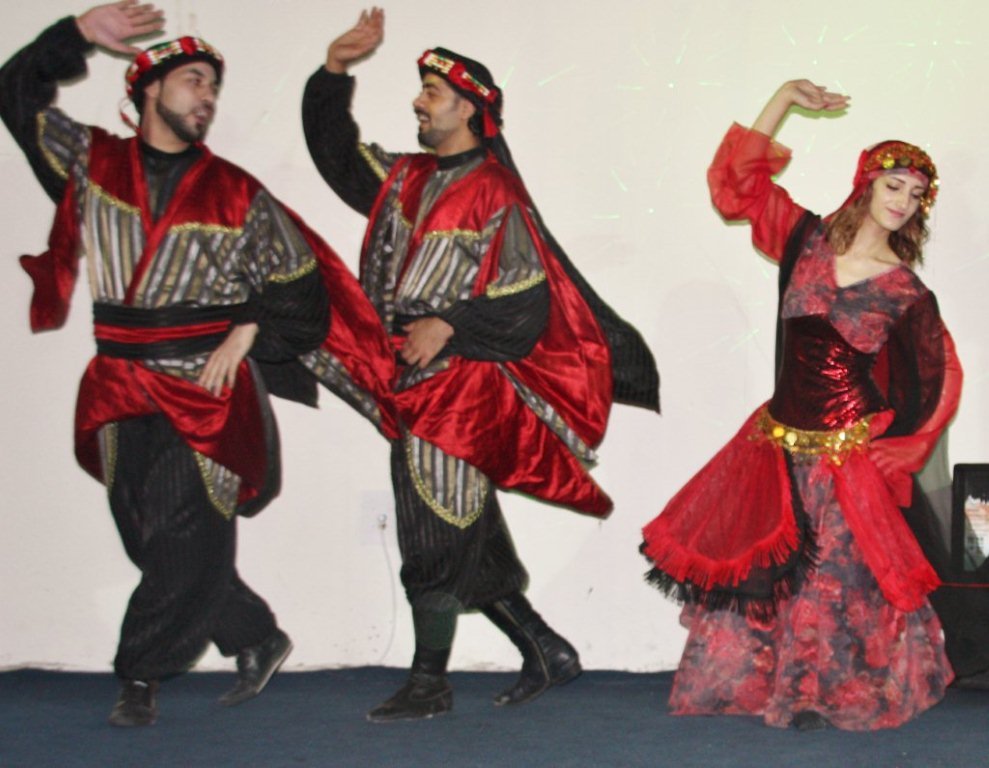Guide to the Global Village ~ Jordan Pavilion, plus Iran, Lebanon & Morocco!
I have made many trips to Jordan, so I always enjoy this pavilion. For me this year, the biggest hit of the Jordan Pavilion was the entertainment.
If you’re new to the Global Village, it’s a huge fair-like shopping and cultural event that runs during the winter months and is located just outside Dubai. To know more, see my post Dubai’s Global Village ~ Where the World Comes Together.
As for shopping at the Jordan pavilion, one of the first things you see is the cross-stitch thobs. These are the traditional Palestinian variety.
Also, the Jordan Pavilion has lots of Arabic foodstuff, namely, olive oil, pickles, cheeses, zataar, etc.
I bought some olives here.
I discovered something delicious in this pavilion: “figs in honey,” a thick, chunky kind of jam. It was one of those samples that you casually accept, and then stop in your tracks and ask, “What is this?” I bought 500 g which we gobbled up in our house, eating off the spoon.
This year, my favorite part of the Jordan Pavilion was the debke dancing. There’s an entertainment schedule on the Global Village website. However, I’m never that organized. Instead I stumble upon these shows by luck, as was the case in the Jordan Pavilion. This troupe was good, very enthusiastic and the highlight of that GV visit.
Other Global Village Highlights
There are 28 pavilions at the Global Village, too many for me to list here. Instead, I’ll mention a few more that I have enjoyed this winter.
The Iran Pavilion
This pavilion has seen better days in past years. However, it’s still worth a visit–if only for the quiet Iranian restaurant inside. It’s a good place to buy a carpet. Plus, I have found Iranian tablecloths, tiles and pottery here in the past. I have also bought my share of jewelry here over the years.
The one thing I buy regularly at this pavilion is Iranian saffron. If I remember correctly, a tiny bottle is 80 dirhams ($22) and a very tiny bottle is 40 dirhams ($11). Of course, there are whole tins for the serious foodies. Below is the shop that sells saffron.
I caught some Iranian music (again, it was luck).
The Lebanon Pavilion
The Lebanon pavilion features the foodstuff of the Levant: olive oil, cheeses, Arabic sweets, etc. One thing I enjoyed was the fresh bread near the entrance. These women refused to let me pay for the gigantic round bread they gave me, hot off the grill.
The Lebanon pavilion also has serving items for the home, like trays and platters. There are purses, jewelry and other accessories. However, I was happy to find something I couldn’t find at other pavilions: olive oil soap.
The Morocco Pavilion
I love this pavilion. It deserves a post of its own. Many of the stalls here are actually from home décor boutiques in Dubai. Not a bargain, but lovely to stroll through to admire the gorgeous Moroccan lamps, furniture, tiled tables, fountains, pottery, etc. (I can dream, can’t I?)
There are smaller items such as pottery and these mirrors, still a splurge though.
In past years, I have bought pointy leather slippers in this pavilion, as well as small cans of harissa, decorative jewelry boxes, and hand of Fatima accessories. But I usually head straight for the Moroccan tea paraphernalia. This is the place to buy silver Moroccan tea pots and trays, as well as colorful tea glasses.
This year, I bought Moroccan green tea and mint at this shop, where you can also pick up a clay tagine and everything else needed to make and serve Moroccan mint tea.
For details on specific pavilions, check out my posts: The Yemen Pavilion, The Iraq Pavilion, The Turkey Pavilion, The Africa Pavilion, The Palestine Pavilion, and The Egypt Pavilion.
Question: What do you like to buy at the Global Village?
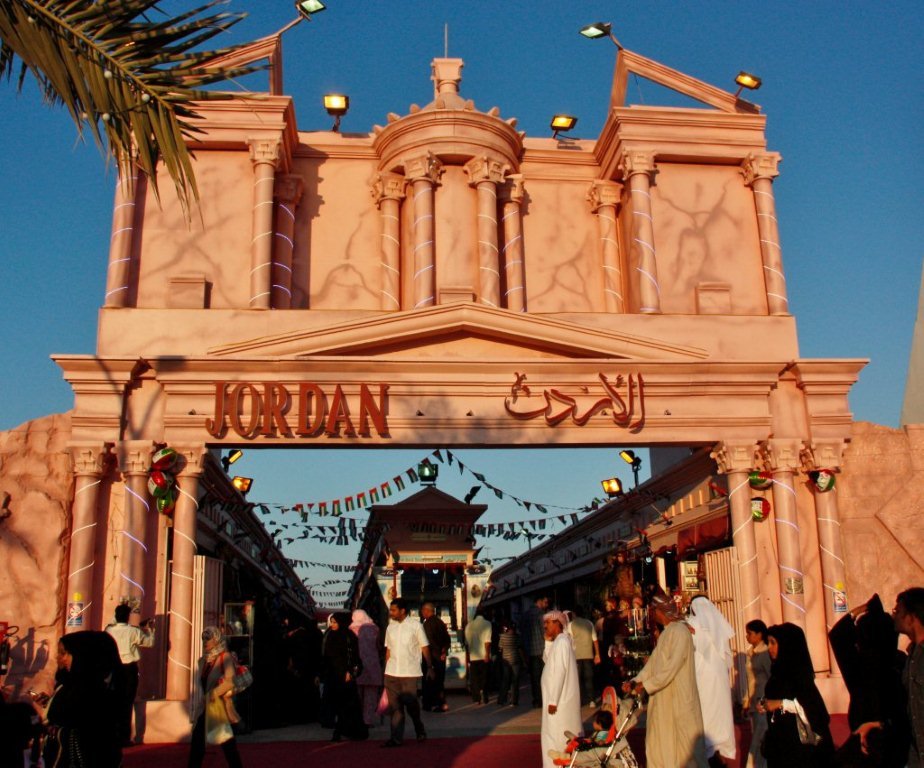



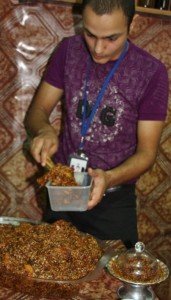


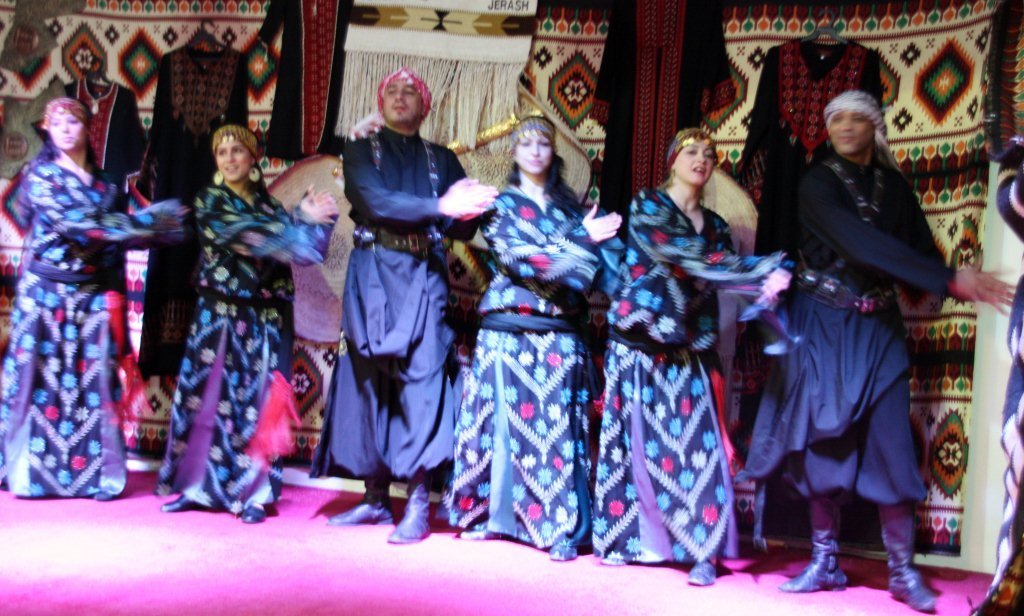
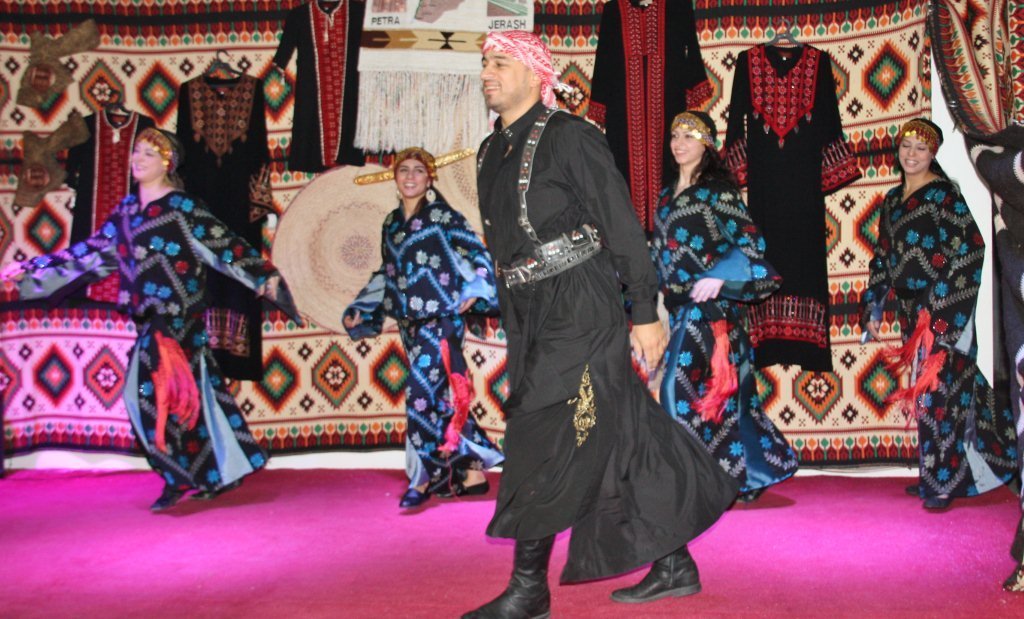
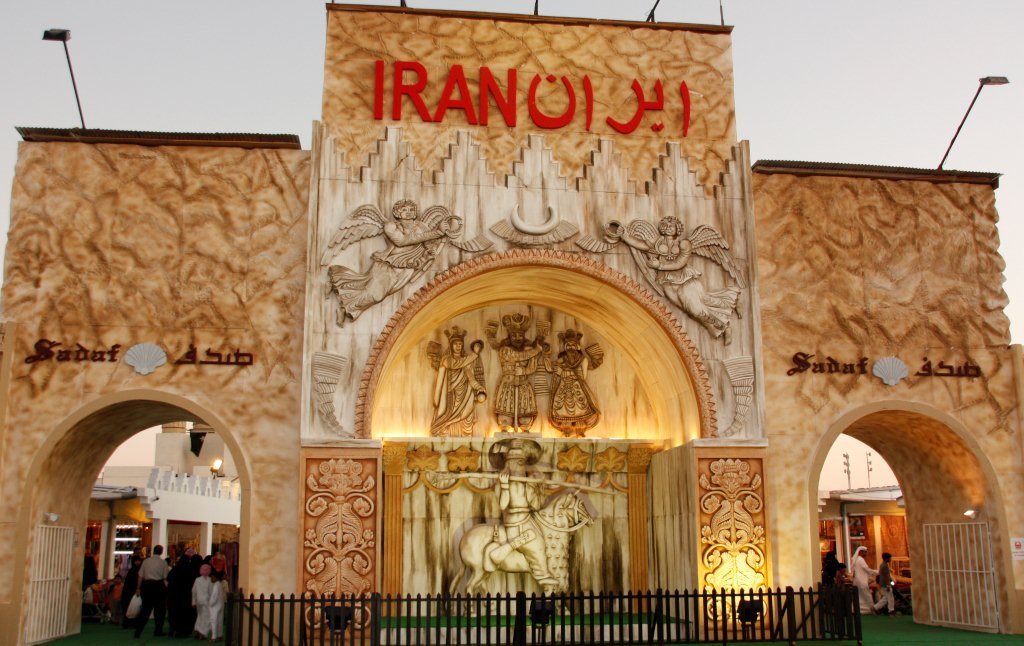
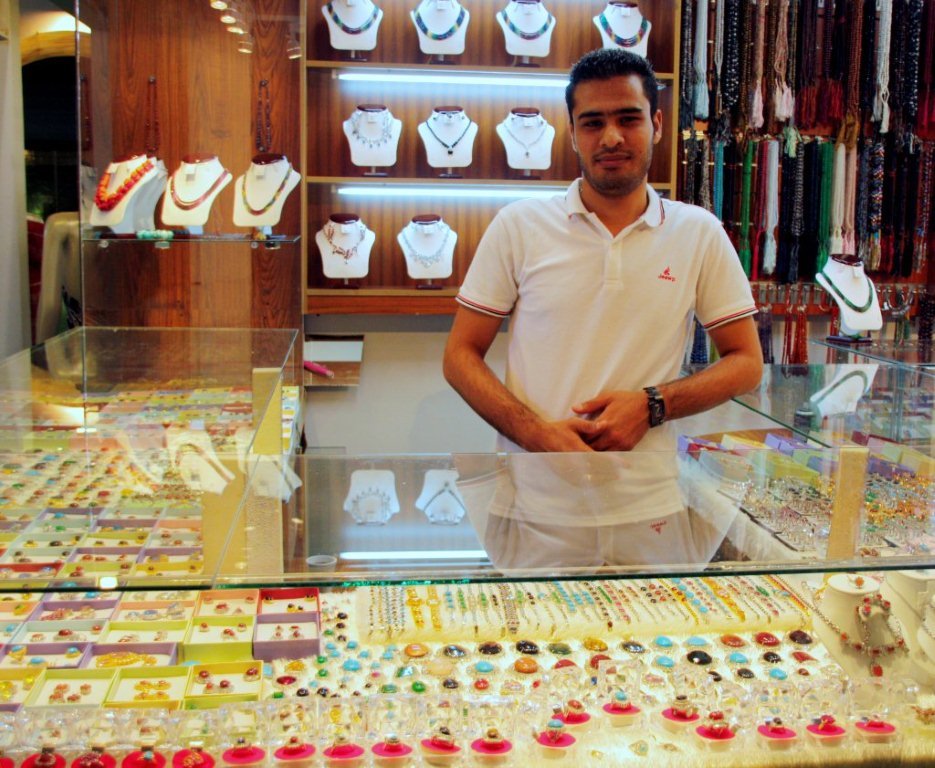



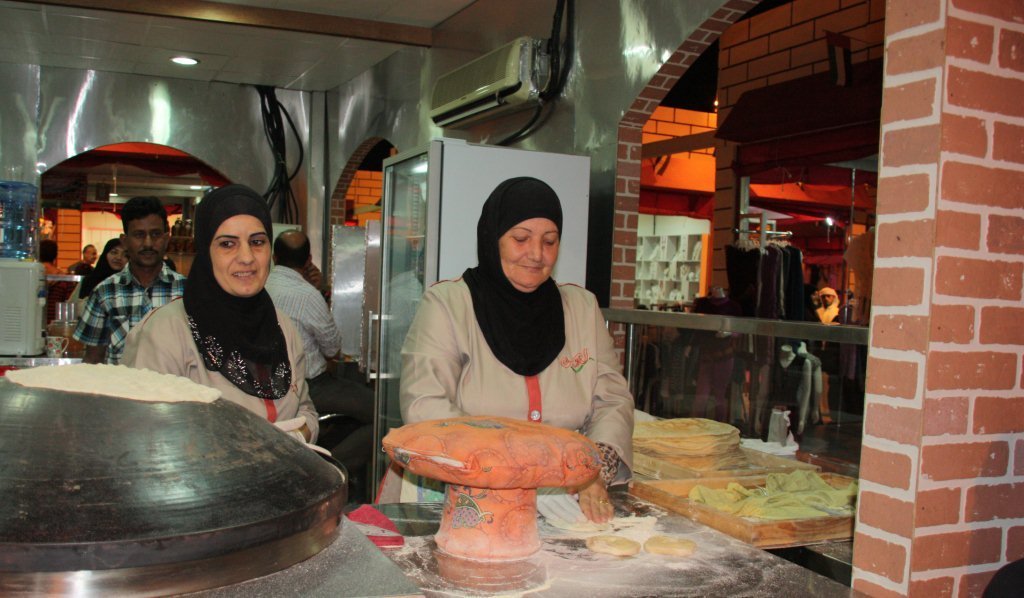
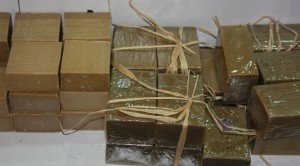
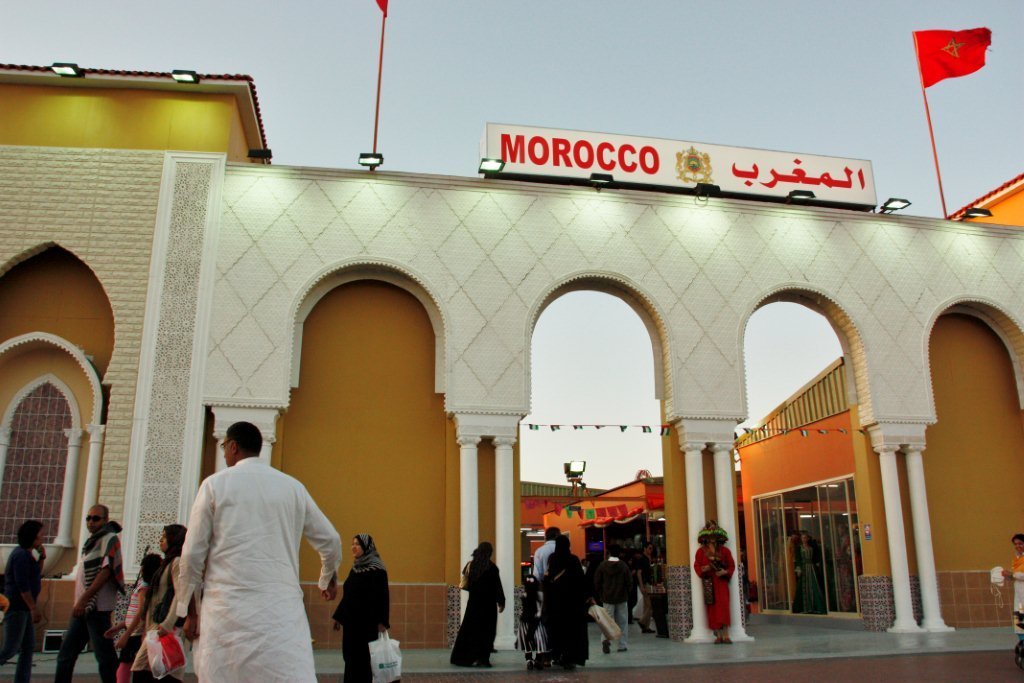
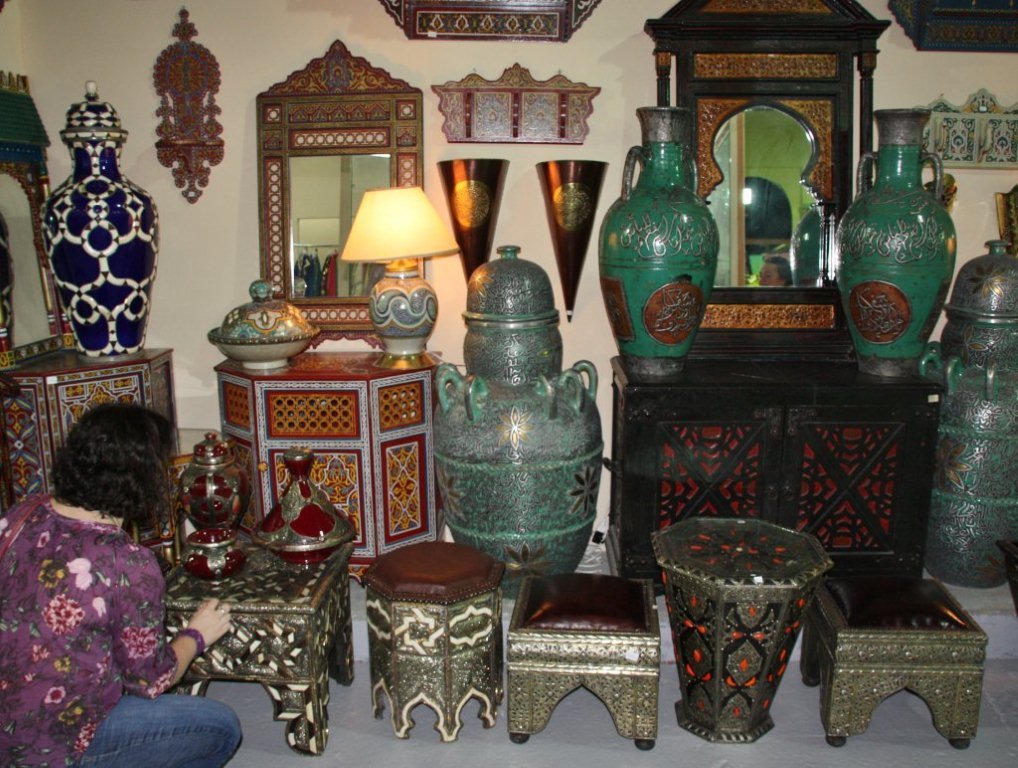
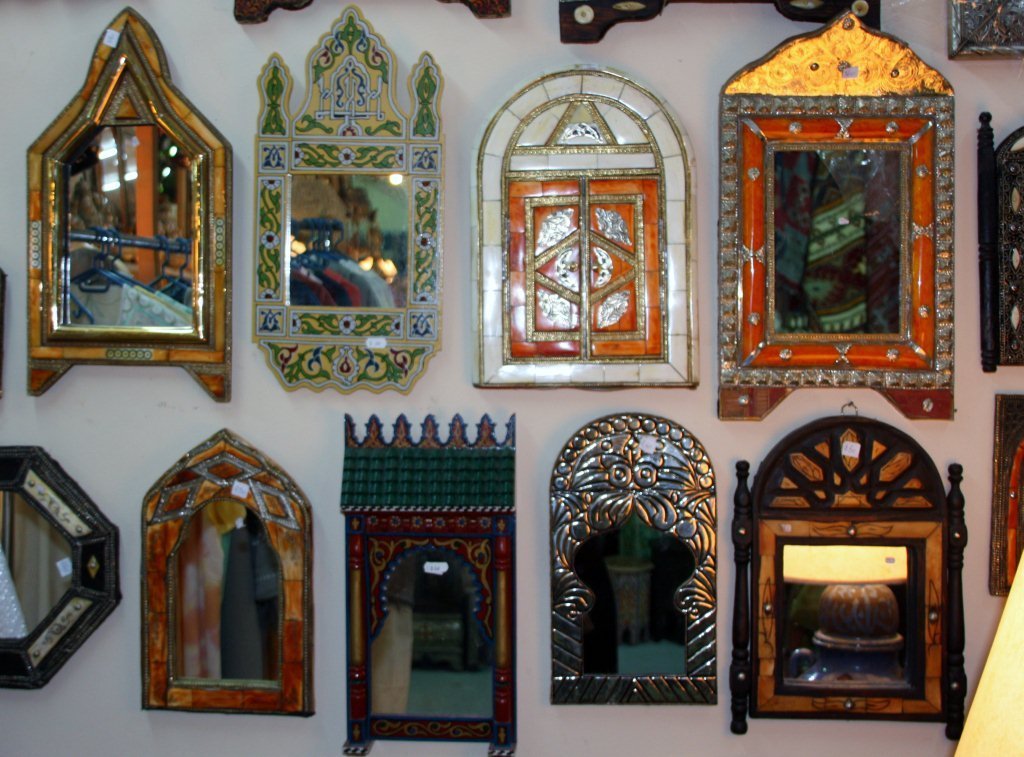

 Follow
Follow